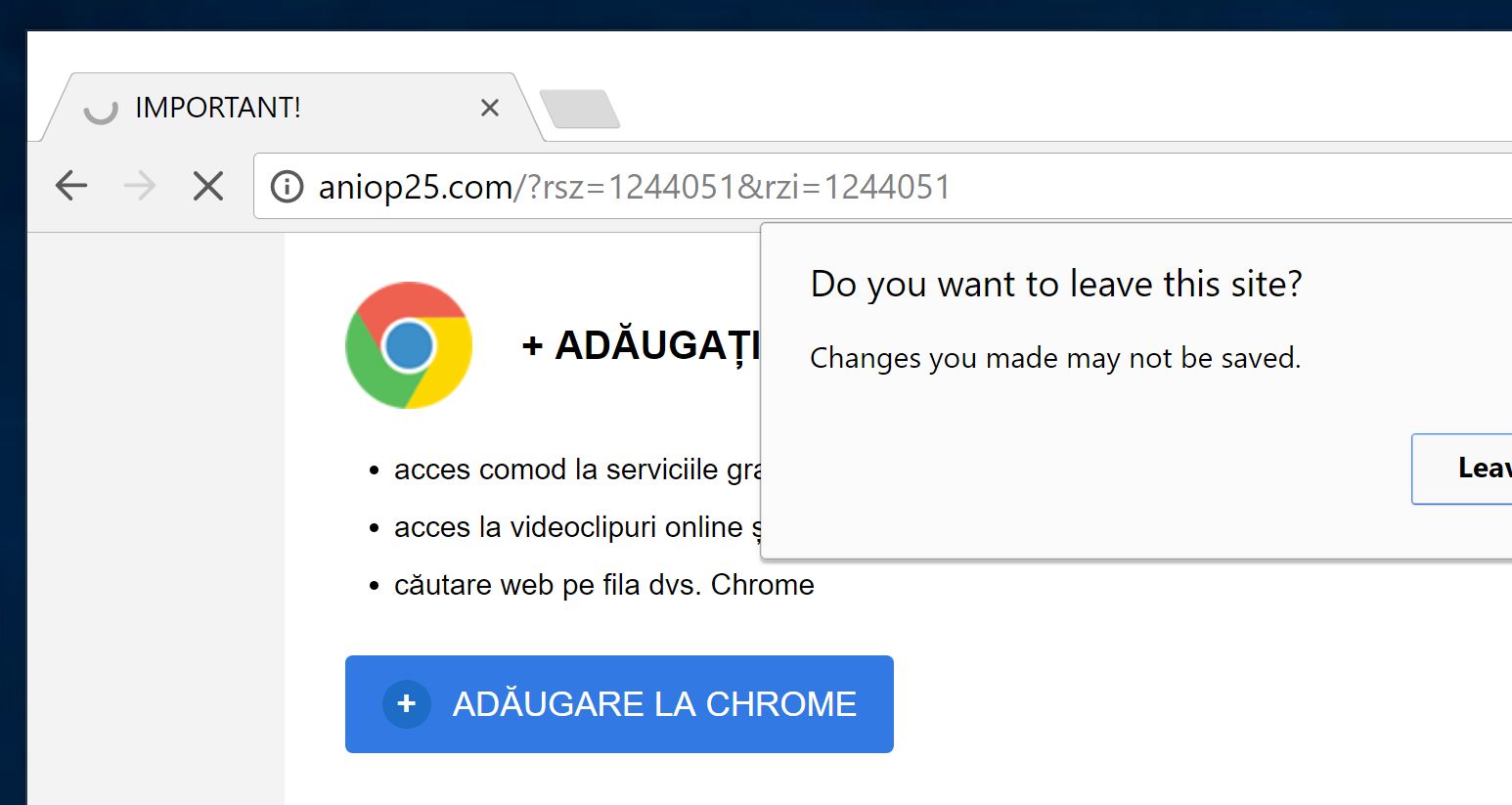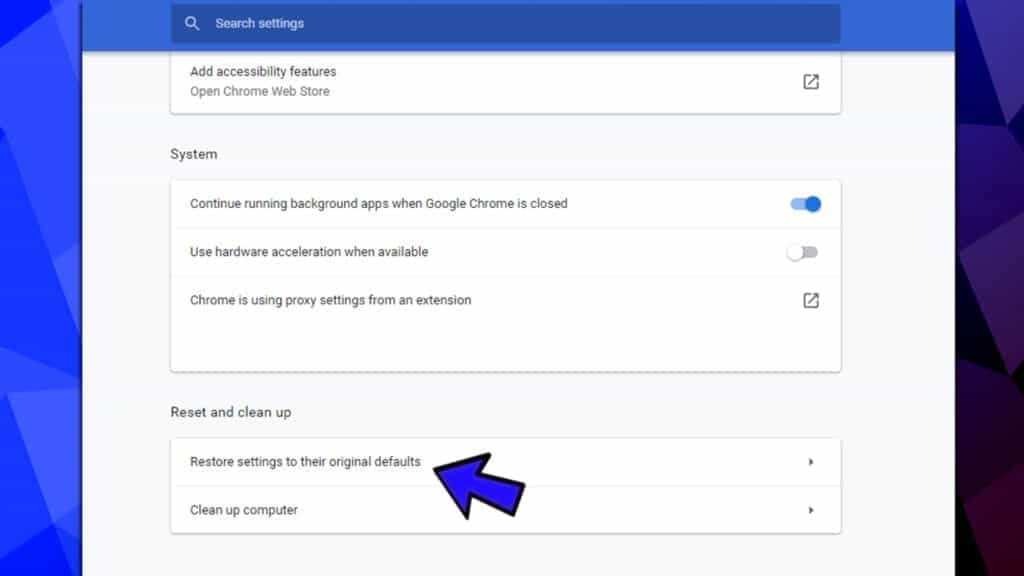

If you’re using a CDN and a firewall, your firewall may prevent the servers from accessing your images. Let’s take a look at how you can cut through the confusion and strip away those performance-destroying redirect chains. While there’s no one-size-fits-all solution, there are ways to chase down the root cause for your particular website.
#Remove redirector how to
How to Resolve the “Remove Following Redirect Chain” Error (4 Methods)įrustratingly, this error can be due to a wide range of different plugins, settings, and third-party software, such as firewalls. Now, let’s get into actually fixing the problem. Although this may be time-consuming, it gives you the best possible chance of spotting problems with your website. If you suspect that GTmetrix’s warning may be related to a recent site migration, we recommend manually reviewing all of your redirects. Over time, these can grow into unruly chains. As part of this migration, you’ll often need to implement a large number of redirects. You may also struggle with redirect chains after migrating your site to a new platform or changing your domain name.
#Remove redirector software
That means you may encounter GTmetrix’s warning if you’re using an alternative image optimization plugin or a CDN with these features, even if your specific software isn’t listed above. There seems to be a direct link between redirect chains and optimization activities delivered via a Content Delivery Network (CDN). Many of these tools are related to optimization. In particular, members of the WordPress community have reportedly encountered GTmetrix’s redirect warning after installing the following plugins:


However, WordPress plugins appear to be the most common culprits. Various issues seem to cause the redirect error. What Causes GTmetrix’s Redirect Chain Error 💪 But if you're seeing this standard error, focus on resolving it with this guide. To keep your site in tip-top shape, it's wise to test it regularly using a tool such as GTmetrix. So if GTmetrix is warning you about redirects, removing these chains should be a top priority. If you’re going to boost your rankings and wow potential customers, you must optimize your site’s loading times. If redirect chains are damaging your page loading times, then your search engine rankings will almost certainly suffer as a result. With over 50% of all traffic originating from organic search, Search Engine Optimization (SEO) is vital for achieving online success. In particular, Google’s Core Web Vitals initiative measures how visitors perceive your website’s speed, responsiveness, and visual stability. When placing your website in the search results, Google considers many different ranking factors, including speed. These chains don’t just affect your visitors, as search engine crawlers will also notice slow page load times. In this way, redirect chains can impact your traffic levels, conversions, and sales. In fact, 40% of people abandon a site that takes longer than three seconds to load. Slow page loading times can negatively impact the visitor experience. These chains require multiple round-trips to the server and additional requests.Īs a result, the destination web page will take longer to load.

If you explore these messages in more detail, GTmetrix will advise you to “Remove the following redirect chain if possible.”Ī chain occurs when there are multiple redirects between the requested URL and the destination URL. However, GTmetrix may occasionally warn you that many redirect chains are present on your site.
#Remove redirector plus
It offers real-time performance tracking, plus the option to schedule your tests. There are plenty of tools available, but GTmetrix is a popular choice. It’s important to test your site regularly. An Intro to Redirect Chains (and Why They’re Bad for Your Website)


 0 kommentar(er)
0 kommentar(er)
